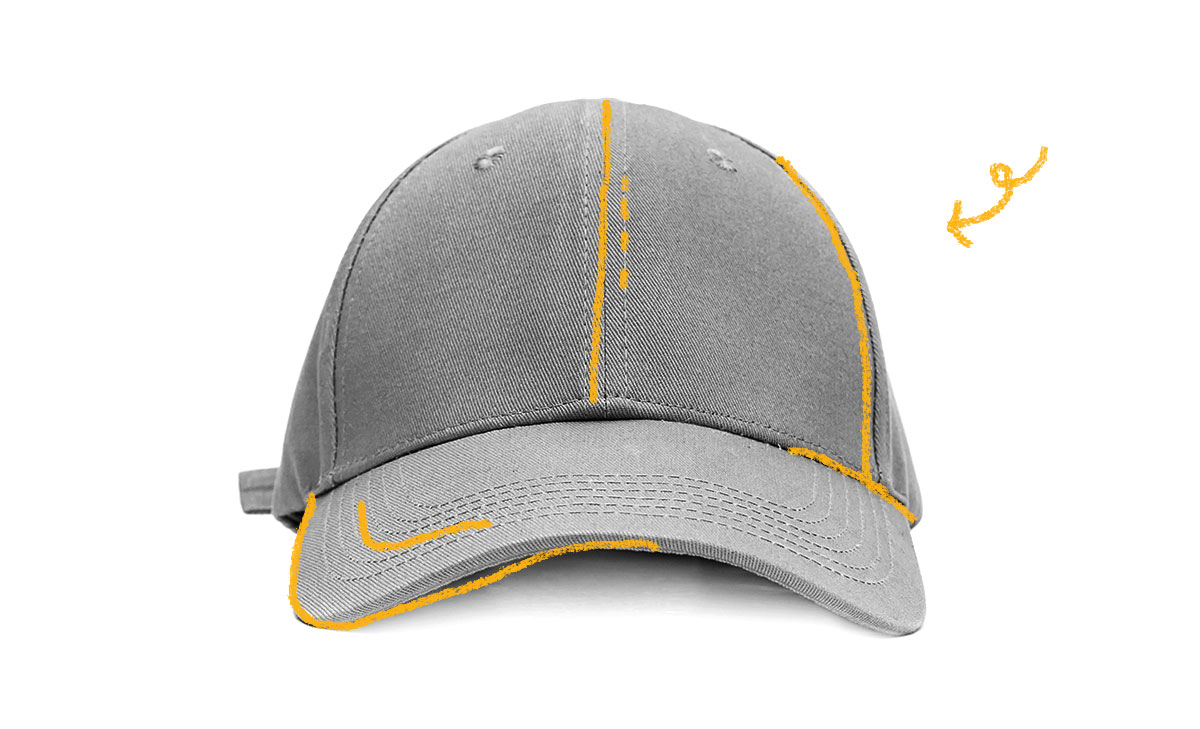The baseball cap is a classic American hat. But in the early days of the sport, baseball players did not wear standardized hats. Instead, baseball players simply wore whatever they could to keep the sun out of their eyes. Then, around the turn of the century, the baseball cap we know and love today began to take shape. The design was derived from brimmed hats that were popular in the late 19th century, including deerstalkers (which were popularized by the illustrations of Sherlock Holmes), jockey caps, military “pillbox” caps, fedoras, and straw boater hats. The earliest baseball caps were made from wool and featured a leather bill. Air holes were added to the design in the 1890s. Then in 1901, the Detroit Tigers became the first team to put a logo on a baseball cap. Longer bills were introduced in the 1920s and 1930s along with a firmer visor. By the 1940s, the crown had become more vertical, allowing the front of the cap to bear a prominent logo and evolving the shape into the familiar baseball cap silhouette we are familiar with today. The most significant change that baseball caps have undergone since the mid-1900s is the material; in 2007, the Major Baseball League (MLB) changed the standard material from wool to polyester, since the latter is more comfortable for players to wear. Today, it’s not just players who wear baseball caps – people from all walks of life wear these classic American caps to protect their eyes from the sun, show support for a team, or simply as a fashion statement.

Your go-to guide for weird history facts
Subscribe to the FREE daily email that makes learning about history fun.


